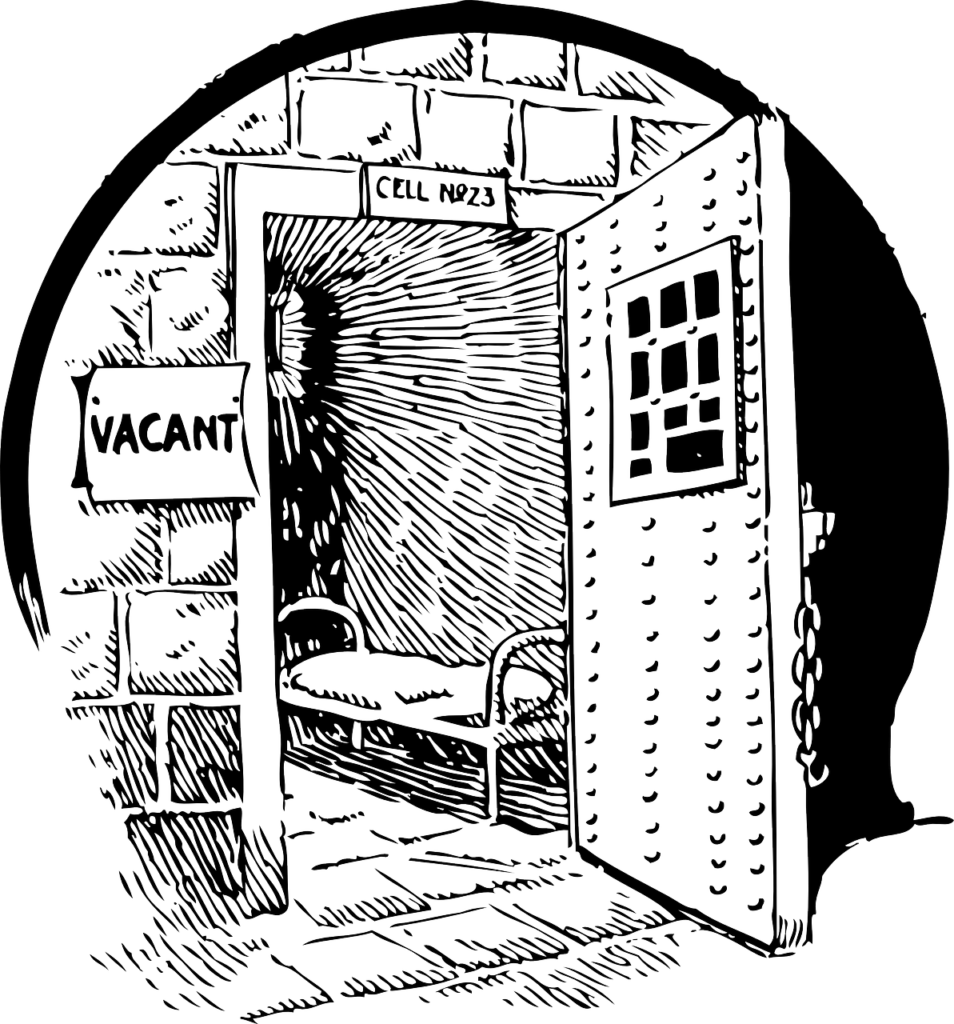For years, Southern states benefited from convict leasing. This practice added millions of dollars in revenue to state and local governments. It lowered the tax rate for average citizens and generated money for infrastructure. The firms that hired out prisoners and the employers who worked them to exhaustion profited the most. It served as a cultural need by strengthening the walls of white supremacy as the South moved from a system of racial bondage to one of racial caste. It became a functional replacement for slavery.
After the Civil War, jails were crowed with convicts who had never been arrested before. The majority of them were formerly enslaved people who stole to feed their families. The Tennessee board of prisoner directors thought the convicts had no idea of criminality since they were accustomed to taking things from former slaveholders. The directors thought a school of reform or instruction was more appropriate because they were newly freed people.
The Tennessee legislature thought differently. Railroads were being built across Tennessee and unskilled labor was in short supply. They turned over the entire prison system to a professional card gambler named Thomas O’Conner on a five- year lease. State convicts were laying track and mining coal from Memphis to Knoxville. Every morning, their urine was collected and sold to local tanneries. When they died, their unclaimed bodies were purchased by the Medical School of Nashville for the medical students to practice on.
Convict leasing spread like wildfire. During the railroad boom, they laid most of the tracks in North Carolina. Their crimes were small, like stealing chickens for example. A jury found them guilty and a judge sentenced them to a few years in prison. Had they been white, the maximum punishment would be ninety days in county jail.
Convicts could be made to do any job; therefore, they were more vulnerable than workers who were not in prison. They were sent from job to job and made to sleep in crowded cages. They relieved themselves in one bucket and bathed in the same filthy tub of water. Various dangerous jobs put their lives in jeopardy.
Convicts were starved, whipped and beaten. Many died or were killed on job sites. Scurvy, a disease caused by a lack of Vitamin C, was rampant among the survivors. On the farms, they rose before dawn, quickly ate a cold breakfast and were marched to the field in chains. They worked from sunup until sundown. They were beaten for breaking the rules, falling behind in their work, or just because the guards wanted to beat them.
The majority of the convicts were young illiterate Black men. They were serving a first-time sentence for minor offenses. Their trials took place without an attorney and before an all -white jury. The judges didn’t believe their testimonies. Even though white convicts were whipped, more physical force was used for the Black convicts. When prisons were investigated, camp managers begged legislatures not to abolish the whip.
Convict leasing made money for the state while keeping taxes down. The convicts and their families had no voice. In 1903, a Texas prisoner reformer said, “We still act on the principle that the criminal has injured society and he must be injured in return.” After serving their time, because of the brutality, the convicts return to society more dangerous than when they went in.
By 1915, convict leasing only remained in Florida and Alabama. Florida’s resources were twenty million acres of long –leaf pine. Getting free men to perform labor in desolate and disease ridden forests was difficult. They relied on convict leasing. Black men were preferred to white men. It was possible to send Black k men to prison on almost any pretext. Agreements were made between the local sheriffs and bidders. The sheriff was paid a fee for each Black man he arrested on petty charges.
In Alabama, convict leasing was related to coal. The demand for fossil fuels exploded and convict leasing was essential to growth. Their numbers grew based on demand. When times were tight, local police arrested vagrants, drunks and thieves. They were arrested, put on trial ,found guilty and sentenced to sixty or ninety days plus court costs. They often worked twelve to sixteen hour shifts.
Employers worked county convicts beyond their scheduled release dates because public officials had no incentive to intervene. Convict leasing was about profits, brutality, and racism.
The Thirteenth Amendment to the United States Constitution abolished slavery and involuntary servitude, except as punishment for a crime. Many men and some women and children were unjustly imprisoned for minor crimes. They fit the definition of punishment for a crime.
Francie Mae, August 8, 2021
Reference
Oshinsky, David M. (1996), “Worse Than Slavery” Parchman Farm And The Ordeal of Jim Crow Justice. New York: Simon &Schuster.
